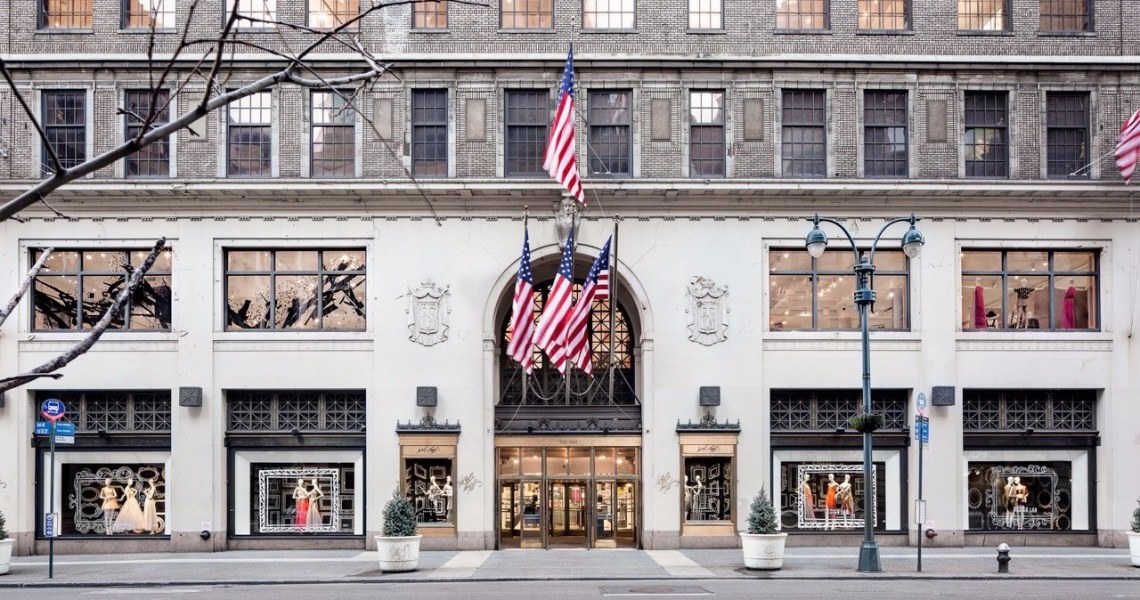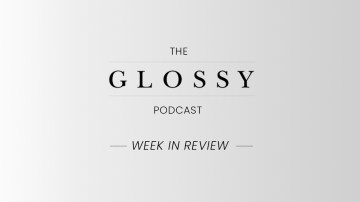The world of department stores is facing rough seas. One company that has been hit particularly hard is Hudson’s Bay Company, the Canadian owner of retailers including Saks Fifth Avenue that announced plans earlier this month to sell the floundering Lord & Taylor brand.
According to HBC, it is actively pursuing a sale or merger, but there has been no indication that another company is interested in buying it.
According to Euromonitor, in 2018 department stores reported the steepest decline in any retail channel. Not every department store is struggling to the same level. Nordstrom and Harrods have managed to thrive, thanks to focusing on experiential retail and strengthening their online tools. Many factors played into HBC, and Lord & Taylor specifically, getting to this point.
Slow decline
There were many signs over the last year or so that Lord & Taylor was struggling. In the fourth quarter of 2018, HBC’s revenue fell by more than $150 million. In March 2018, the company reported that it was more than $4 billion in debt and was planning on closing 10 stores. In February, the company sold off its Fifth Avenue Lord & Taylor flagship store after several multimillion-dollar renovations.
Little of HBC’s efforts to alleviate this inertia have had any effect, including selling the Fifth Avenue store, which provided the company with a temporary windfall of around $800 million. Last month, the company said that sales from Lord & Taylor specifically had continued to decline year over year. If no one bites on the current sale offer, HBC may continue to cut its losses and liquidate Lord & Taylor assets.
“Lord & Taylor is not a discount brand,” said Bob Hoyler, senior analyst at Euromonitor International. “However, unlike Saks Fifth Avenue, it is not considered a luxury brand, either. This leaves Lord & Taylor positioned squarely in the middle of the market. Unfortunately, in 2019, the middle of the market is not a great place to be. As income disparities have widened across the U.S., retail sales for both discount and luxury retailers have grown substantially over the last few years, but more balanced retailers have seen sales stagnate and even decline.”
In an earnings call at the end of last year, HBC CEO Helena Foulkes said that the company had been behind its competitors in terms of embracing e-commerce and digital tools, noting that some basic technological and digital infrastructure was just “not in place.”
The lack of merging online and offline experiences has been huge blow to HBC and Lord & Taylor, particularly in light of the fact that so many of Lord & Taylor’s competitors that are thriving are doing so because of that offline-online crossover. For example, since adopting Instagram’s Checkout shopping feature, Nordstrom sold out the majority of its Instagram products in less than two weeks, according to Edited.
“While some retailers are struggling, Macy’s reported a positive Q1 for 2019,” said Kayla Marci, retail market analyst at Edited. “Experiential retail continues to drive consumer engagement in-store, and the retailers that merge physical experience with digital conveniences are the ones that will remain relevant in the future.”
Department store woes
Lord and Taylor is not the only department store that has struggled in the past few years.
Last October, department store companies Sears and Bon Ton both declared bankruptcy. Sears drastically reduced its number of stores, while Bon Ton liquidated all brick-and-mortar locations entirely.
A major struggle for department stores is that there are simply not a lot of compelling reasons for customers to buy from them when they can get the same products conveniently from somewhere else.
“The challenges for department stores are primarily the result of selling commodity products — products that are available at their competitors’ stores and also sold by the manufacturers’ branded stores,” said Ken Morris, principal at Boston Retail Partners. “The best way to survive is to differentiate your brand through experiences, just like some of the successful European department stores such as Galeries Lafayette, Harrods and Selfridges.”
One solution to that problem is the use of private labels, something that a number of department stores have poured a lot of investment into. According to a report on department stores from Edited, last year, Bloomingdale’s saw increased sales of its private-label womenswear brand Aqua by nearly 93%. At British department store John Lewis, the store bumped up private labels to make up 10% of the store’s total inventory, with private labels Kin and Modern Rarity growing by more than 20% each and boosting the store’s overall sales by 10%.
So it’s not impossible for department stores to thrive and survive in the modern retail world. HBC’s other department store, Saks Fifth Avenue, is the much more successful property. While overall earnings at the company are down, Saks’ sales were up nearly 4% last quarter. A statement from Foulkes when the potential sale was announced shows that HBC is counting on dropping Lord & Taylor and forging a new, more agile HBC without its dead weight.
“This review of strategic alternatives for Lord & Taylor is another example of how we are exploring options to position HBC for long-term success,” Foulkes said, in a statement. “Over the last year, we’ve taken bold actions and made fundamental fixes that have resulted in a far stronger, more capable HBC, having returned to a positive operating cash flow and increased profitability, and strengthened the balance sheet.”




